

|
|
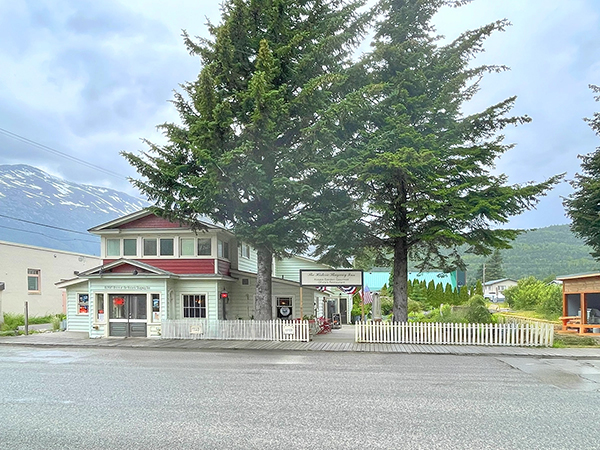 |
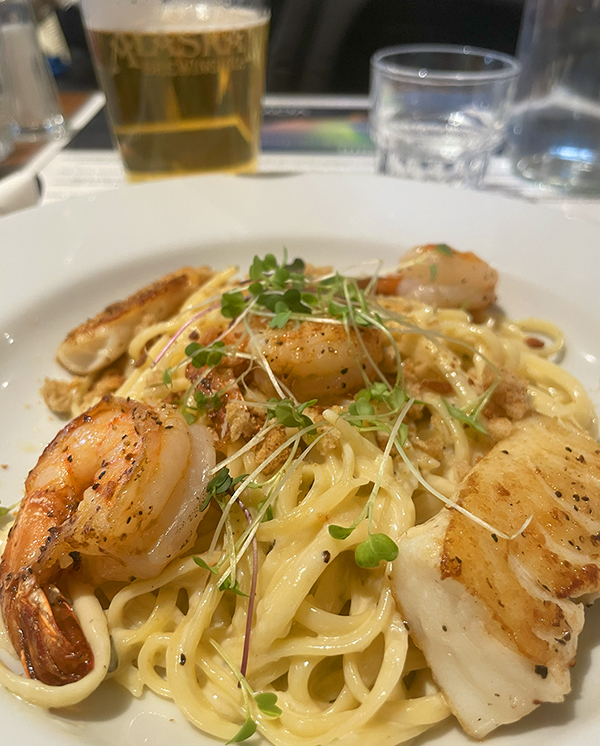 |
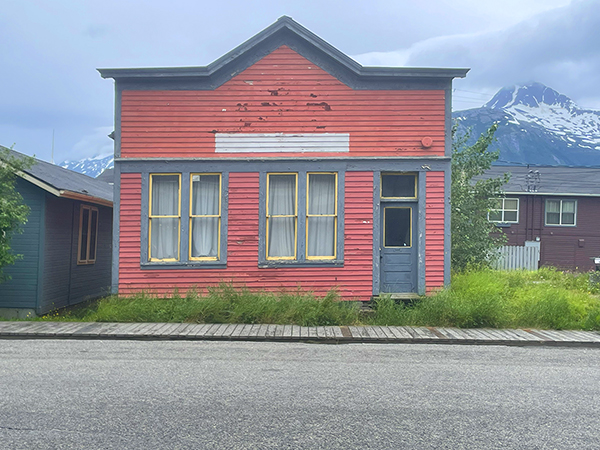 |
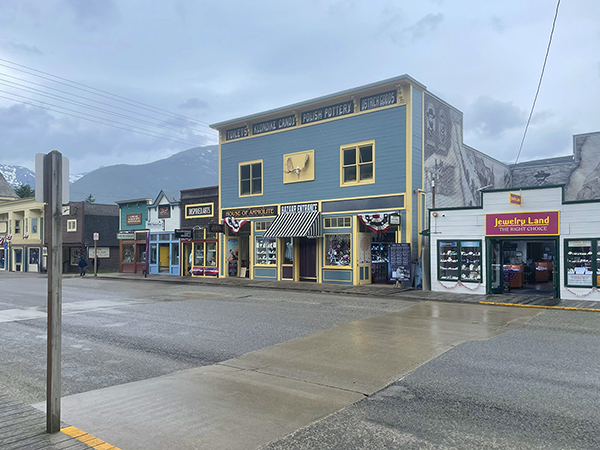 |
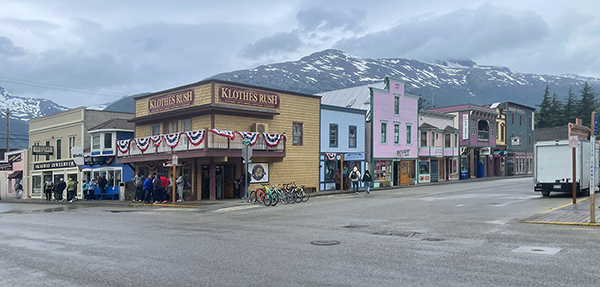 |
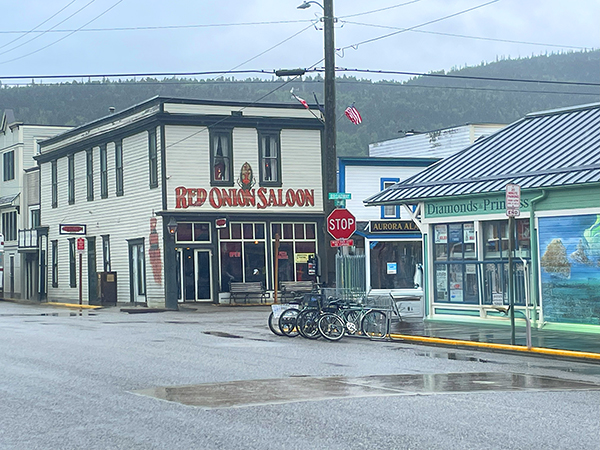 |
|
July 10, 2025 Marti Eicholz As The Odyssey approaches Skagway, Alaska, known for its natural beauty, we understand. Skagway is situated in a narrow-glaciated valley with majestic mountains rising on each side of town. Skagway, Alaska, a historic port town with a population of around 1,240, situated at the northernmost point of the Inside Passage, lies ninety miles northeast of Juneau, and close to the border of British Columbia, Canada. It experiences a humid continental climate, influenced by intense winds due to its location between the wet coastal region and the dry Yukon Interior, resulting in a drier climate than other Southeast Alaska communities. Skagway receives only twenty-seven inches of precipitation annually, making it known as the "sunshine capital" of Southeast Alaska. It is known as a windy place with “white caps on the water,” calling it, “the place where the north wind blows.” We aren’t so lucky. Skagway is in the fifties with chill in the air, cloudy, and ninety percent chance of rain. Skagway, Alaska, primarily known as the “Gateway to the Klondike” during the Gold Rush, is a town steeped in gold rush history. In 1896 the Klondike Gold Rush transformed Skagway into a bustling boomtown, becoming a primary point for the stampeders passing through on their way to the Yukon. Thousands of prospectors flocked to Skagway to make fortunes in the goldfields. The town grew rapidly and was incorporated as a city in 1900, characterized by saloons, gambling halls, and businesses catering to the influx of prospectors. Visit Skagway’s favorite Saloon, The Red Onion Saloon, a historic saloon. During the Gold Rush it was a bordello. Times have changed; the spirit has not. The brothel museum and the Days of ’98 Show, a theatrical performance about the gold rush, are good examples of the town’s lively atmosphere during this period. The scenic White Pass & Yukon Route Railroad, a historic narrow-gauge railway, built during the gold rush, used for mining, continues to operate traveling through valleys, gorges, past frozen lakes and up and down the mountain side, offering stunning views of the surrounding mountains and landscape. It is often called the “Scenic Railway of the World.” Plan to explore the historic downtown area, browse local shops, and enjoy one of the dining options. As you walk Skagway’s historic downtown area which in now part of the Klondike Gold Rush National Historical Park, observe the well-preserved buildings, wooden sidewalks, and boardwalks, offering glimpses from the gold rush era, as well as preserving the town’s history and charm. Arctic Brotherhood Hall, adorned with over 10,000 pieces of driftwood, is the most photographed building in Alaska. Skagway offers opportunities for outdoor activities like hiking the challenging Chilkoot Trail, a historic route to the goldfields, dog sledding, and exploring nearby lakes and glaciers. The Odyssey sets sail, leaving a place where stunning scenery meets a vibrant past. What are our chances of seeing the seventh full month of the year gracing the skies, the one referred to as the enchanting Buck Moon when male deer grow their new antlers, a symbol of growth and renewal? Whether we will be able to see the full moon when it’s the farthest point from the Sun is not important. The male deer will grow their new antlers, and we will continue our growth and renewal. |
|
Copyright © 2025 All rights reserved |